1. NSA Mass Surveillance
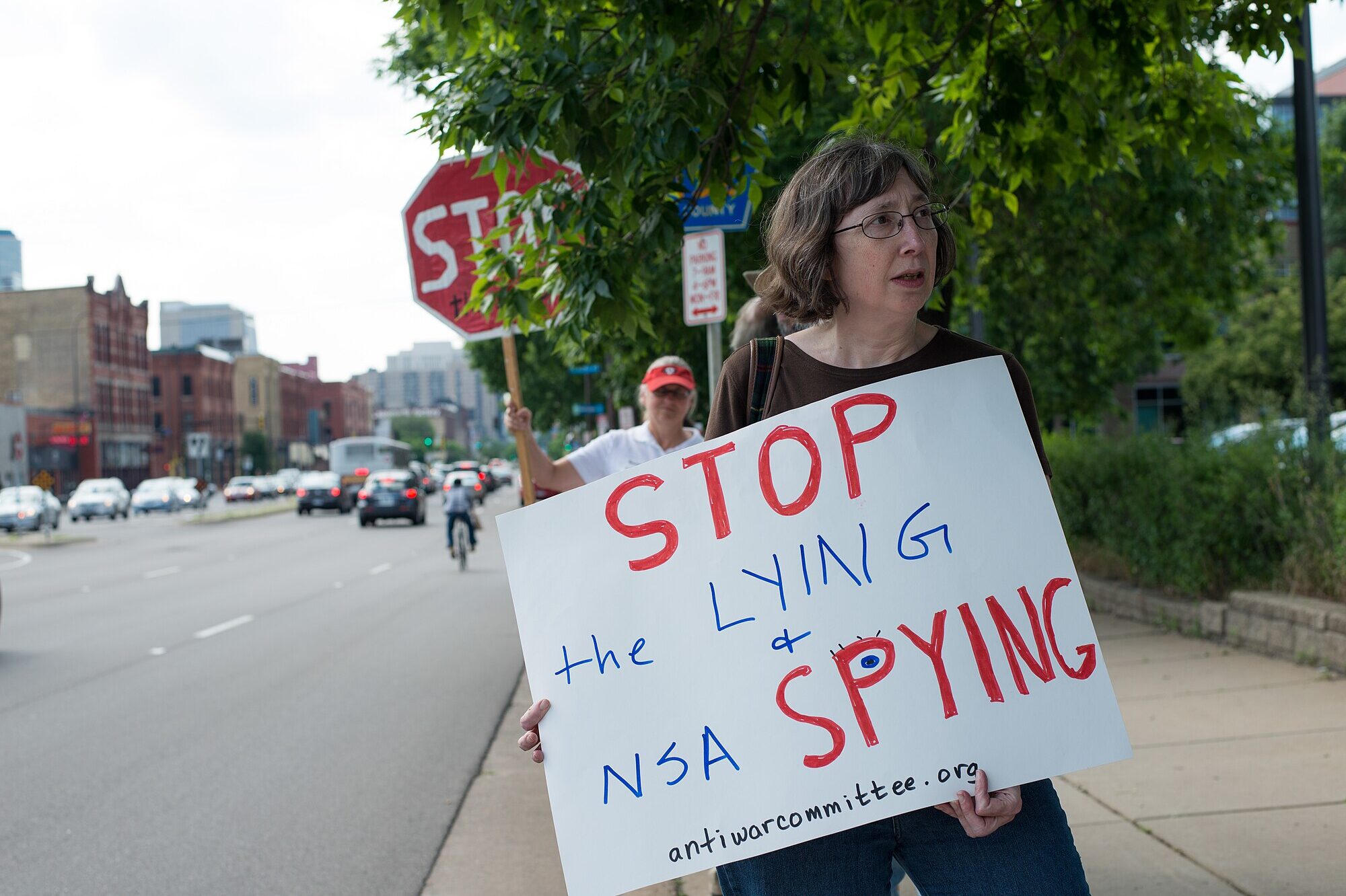
People long suspected the NSA was secretly collecting Americans’ calls, texts, and emails; even without warrants; yet were told it was just rumor. Truth is, those rumors were accurate. Revelations from whistleblowers, court filings, and leaked Snowden files revealed that programs under FISA Section 702 and metadata dragnet systems siphoned up millions of private communications. In the aftermath, Congress passed reforms, and courts ruled key parts of the program illegal.
2. CIA Mind‑Control Experiments
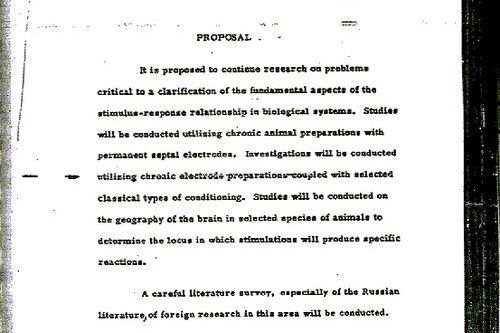
Back in the 1950s, whispers of the CIA dosing people with LSD and electroshock felt like science fiction; and illegal. But it wasn’t wild speculation; it was painfully real. The U.S. government launched MK‑Ultra, a secret program led by CIA chemist Sidney Gottlieb, aiming to weaponize mind‑control drugs against enemies during the Cold War. Researchers delved into LSD, hypnosis, electroshock, and sensory deprivation; all without obtaining informed consent.
They ran experiments in prisons, universities, hospitals, and even overseas sites. Surviving documents and congressional investigations in the mid‑1970s finally pulled back the curtain, revealing torture, brainwashing attempts, and at least one fatal outcome linked to LSD dosing.
3. Surveillance of Civil Rights Leaders
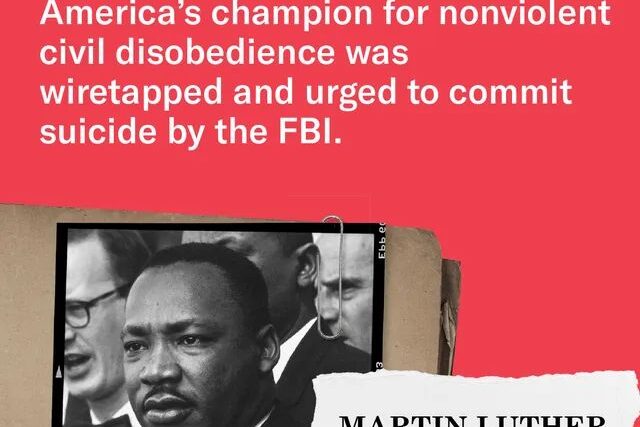
You might’ve heard conspiracy rumors that the DOJ and FBI spied on Martin Luther King Jr.; but science‑level surveillance? That was once dismissed, too. Thanks to movements like COINTELPRO; short for Counter‑Intelligence Program; the FBI began tapping King’s phones, bugging hotel rooms, and even sending him anonymous letters suggesting suicide to discredit him.
Internal memos described an agenda to “expose, disrupt, misdirect, discredit, or otherwise neutralize” civil rights groups led by King, Malcolm X, and others. What once sounded like paranoid rumor has been confirmed through declassified documents and Senate investigations.
4. Tuskegee Syphilis Study
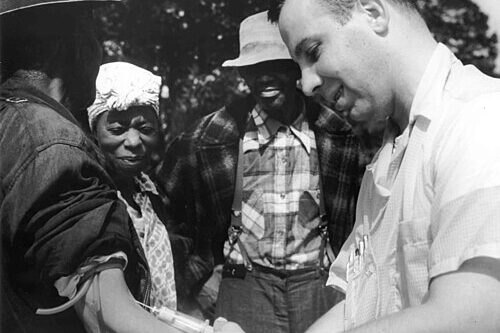
For decades, rumors circulated that the U.S. Public Health Service let Black men suffer from syphilis without treatment; but they were dismissed as cynical mistrust. Sadly, the science eventually confirmed the truth. From 1932 to 1972, the federal government knowingly withheld penicillin from hundreds of Black sharecroppers infected with syphilis. Researchers let the disease run its course purely to study its progression; while deceiving participants into thinking they were receiving free medical care.
This gross violation of medical ethics was revealed by whistleblowers and reporters in the 1970s, triggering public outrage. A congressional investigation shut it down, leading to sweeping reforms in human subject protections.
5. Big Tobacco Suppressed Health Risks

At one point, claims that cigarette companies were hiding evidence of smoking’s danger were considered extreme; until lawsuits and internal memos proved exactly that. Internal documents revealed that tobacco giants knew by the 1950s and ’60s that nicotine was addictive and smoking caused cancer and heart disease; but they deliberately downplayed and disputed the science in public.
Decades of litigation in the ’90s exposed marketing strategies targeting children and financial schemes to undermine health studies. The companies’ deception led to multi‑billion dollar payouts and stronger public health regulations. It’s a perfect example of why skepticism sometimes pays off; and how powerful interests can rewrite truth until forced otherwise.
6. Operation Northwoods Plot
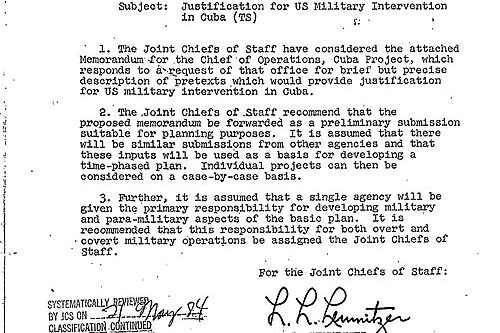
In the early 1960s, rumors flew that the U.S. military might stage false flag attacks on its own people to provoke war with Cuba; it sounded like something out of a spy novel. But decades later, declassified documents proved the conspiracy true. In March 1962, the Joint Chiefs of Staff drafted Operation Northwoods, outlining plans that included faking Cuban terrorist acts on U.S. soil, planting bombs in American cities, and even hijacking planes to justify a military invasion of Cuba.
The scheme was signed by top military officials and sent to Defense Secretary McNamara; and rejected only when President Kennedy intervened. When these files were finally declassified in the late 1990s, the conspiracy proved more bizarre than anyone imagined; left-wing paranoia became documented fact, showcasing the lengths militaries may entertain under pressure.
7. Secret Radiation Experiments
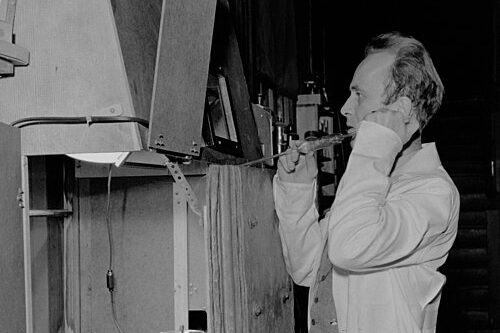
Whispers that the U.S. government used vulnerable citizens in secret radiation experiments were largely dismissed as paranoia; but they turned out to be horrifyingly factual. Between the 1940s and ’70s, federal agencies like the Atomic Energy Commission conducted over 4,000 experiments. These involved feeding radioactive substances to mentally disabled children, injecting pregnant women and babies with radioactive isotopes, and inserting radium rods into people; without informed consent.
Reports revealed subjects were often lied to, with consent forged or manipulated; and some even faced death, with staff instructed not to mention post-irradiation symptoms. Following a 1986 congressional investigation titled American Nuclear Guinea Pigs, procedures and oversight were tightened, but the betrayal left lasting scars.
8. Gulf of Tonkin Deception
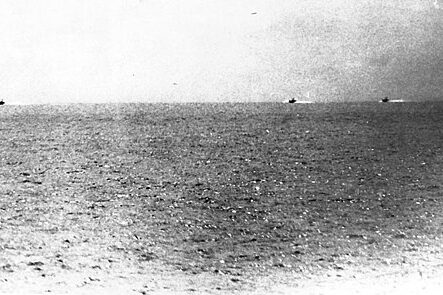
Back in 1964, Swift boats and destroyers… and a conflict-igniting incident in the Gulf of Tonkin; for years, many claimed the U.S. government cooked the books. Today, we know they weren’t wrong. The Johnson administration claimed North Vietnamese forces attacked U.S. destroyers twice in early August 1964. But NSA recordings, ship logs, and later admissions revealed the second attack never happened; and the first was exaggerated.
A 2005 NSA history confirmed the incident was misrepresented, with the Vietnamese reaction likely provoked by U.S. intelligence-gathering missions. These manipulated events led Congress to pass the Gulf of Tonkin Resolution, giving President Johnson sweeping powers that escalated the Vietnam War.
9. Iran‑Contra Scandal
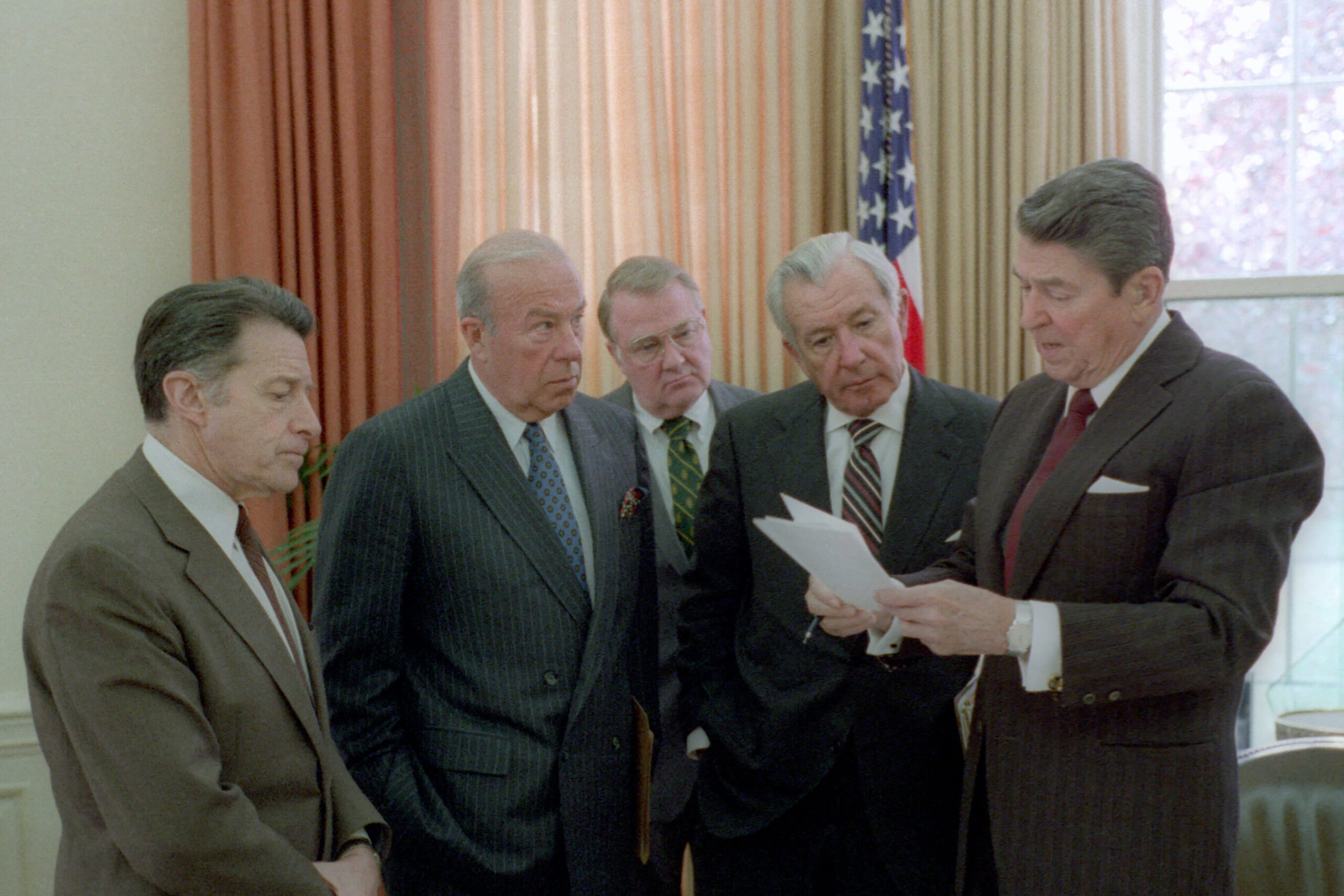
By the mid‑1980s, rumors swirled that the Reagan administration secretly sold weapons to Iran and funneled the profits to Nicaraguan rebels, even though Congress had forbidden it. It was dismissed as hearsay; until official investigations proved otherwise. From 1985 to 1986, senior U.S. officials orchestrated covert arms sales to Iran, then redirected profits to fund the Contra rebels in Nicaragua; violating the Boland Amendment passed by a 411‑0 congressional vote.
Oliver North famously testified, “I misled the Congress,” admitted shredding documents, and deliberately deceived the public and government. This explosive scandal led to televised hearings, convictions of several officials, and a massive political backlash; forcing the administration to acknowledge that secrecy and deception had overrun legal safeguards.
10. Church Abuse Cover‑Up

For years, whispers claimed the Catholic Church had hidden widespread sexual abuse by clergy; but for a long time, people were too afraid or unsure to speak up. The cover-up was dismissed as hearsay; until investigations proved otherwise. Reports from the 1990s and 2000s, including landmark inquiries in the U.S., Ireland, Australia, and the UK, revealed thousands of cases of child sexual abuse stretching back decades.
Victims described how abusers were quietly transferred between parishes, documents destroyed, and complainants silenced; “rights of victims were effectively trampled underfoot,” as one cardinal admitted. These revelations led to criminal prosecutions, billion‑dollar settlements, and sweeping reforms in Church policy.
11. Nixon’s Watergate Cover‑Up
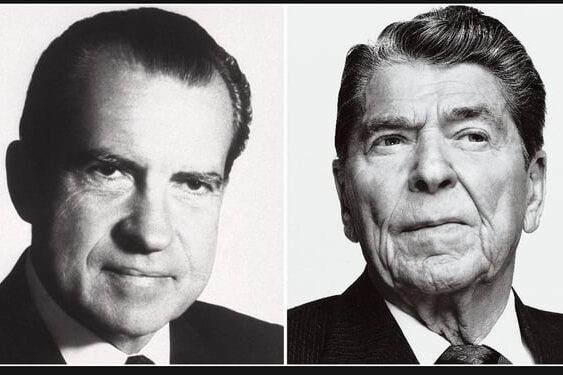
Back in 1972, the idea that the White House broke into the Democratic National Committee; and then tried to erase all evidence; sounded like a political horror story. Many dismissed it as partisan rumor. But the scandal was every bit as real as it sounded. Five burglars, ties to Nixon’s reelection committee, and a massive effort to obstruct justice emerged from police reports and investigative journalism. The infamous Nixon tapes provided the “smoking gun” proving the president himself directed a cover-up, leading to impeachment proceedings and his 1974 resignation.
12. Pharma Withholding Drug Risks

It was long believed that pharmaceutical companies sometimes hid bad news about drug side effects; and for years, they denied it. But today, evidence shows it’s a systematic issue. Studies found that nearly half of clinical trials omit adverse outcome data, which skews doctors’ perceptions of drug safety and effectiveness. Lawsuits and investigations have exposed cases where companies concealed trial results; particularly when medications carried serious or life-threatening side effects.
13. FBI Watched John Lennon
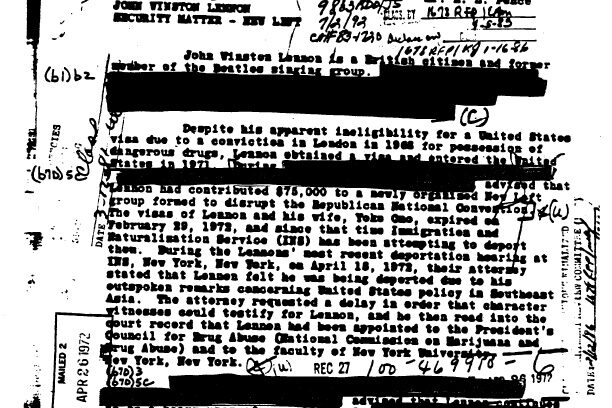
Rumors swirled that John Lennon, the famous ex-Beatle, was targeted by the FBI because of his anti-war protests; but many thought that was wild; until the files were unsealed. Declassified FBI documents reveal that from 1971 to 1972, the agency monitored Lennon’s public statements, song lyrics, and activist circles; fearing he might influence American politics. They even tried to get him deported, reflecting how much unease his activism stirred at the highest levels.
These final examples bring the list full circle. From Church corruption to presidential overreach, from mass spying to hidden medical dangers, each entry shows how what seemed like wild speculation often held a kernel of truth. It’s been a journey through secrecy, power, and the eventual unveiling of reality.
This story 13 Conspiracy Theories in History That Turned Out to Be True was first published on Daily FETCH


